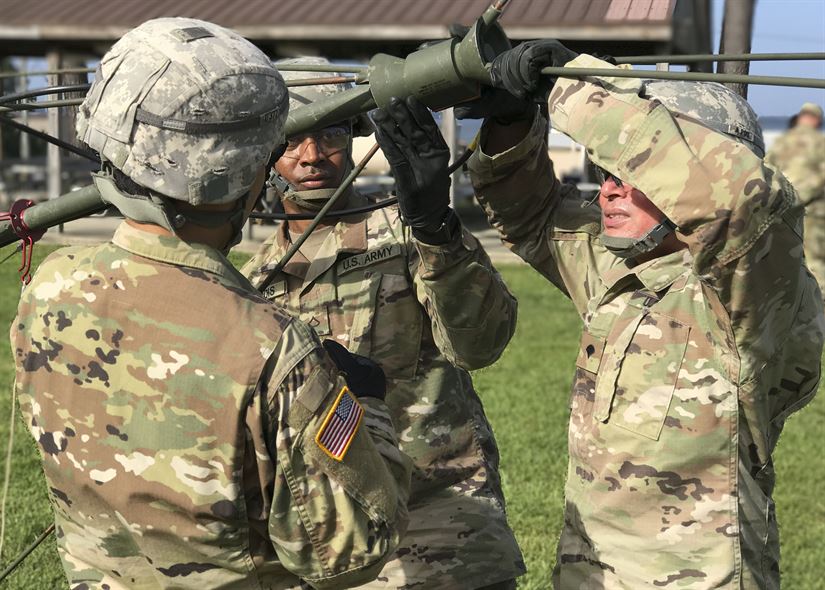This post is also available in:
 עברית (Hebrew)
עברית (Hebrew)
A US defense organization expects to take artificial intelligence-fueled tech that keeps aircraft and ground vehicles running smoothly out to sea. A greater understanding of a machine’s life and health is critical for the military. Predictive maintenance – the detection and prediction of failures in military systems – may be enabled through small IoT devices, which track the health of a specific part of the ship. Having an early warning system could avoid expensive repairs or failures in battle.
The US Defense Innovation Unit (DIU) intends to bring predictive maintenance to the Navy, aimed at keeping naval, aircraft and ground vehicles online and avoiding costly last-minute repairs.
Artificial intelligence has already been deployed in other areas of the US Army, and the DIU is actively working to have predictive maintenance added to the Air Force fleet as well.
DIU Director of Strategic Engagement Mike Madsen said that they were in “very advanced discussions” with the Navy. The organization believes it will receive a contract next year to build the AI for the Navy.
The US Navy already deploys a wide range of sensors to check things like reduction gears, turbines, generators, and air conditioning plants. The DUI wants to expand that data collection, to include an overarching system that can notify Navy officers of issues, according to rtinsights.com.
Rear Adm. Lorin Selby, a chief engineer in the Navy, said: “You can harvest that data and you could potentially discover vulnerabilities, so you have to protect that. That’s part of my project: as I do this, we’re bringing that security aspect into the program.”
Predictive maintenance is one of DIU’s several “transformative projects” that it hopes to scale to other platforms across the Defense Department and services. Along with the predictive maintenance expansion in 2020, DIU plans to take a deeper look at why certain programs failed to crossover into programs of record, according to fcw.com.


























